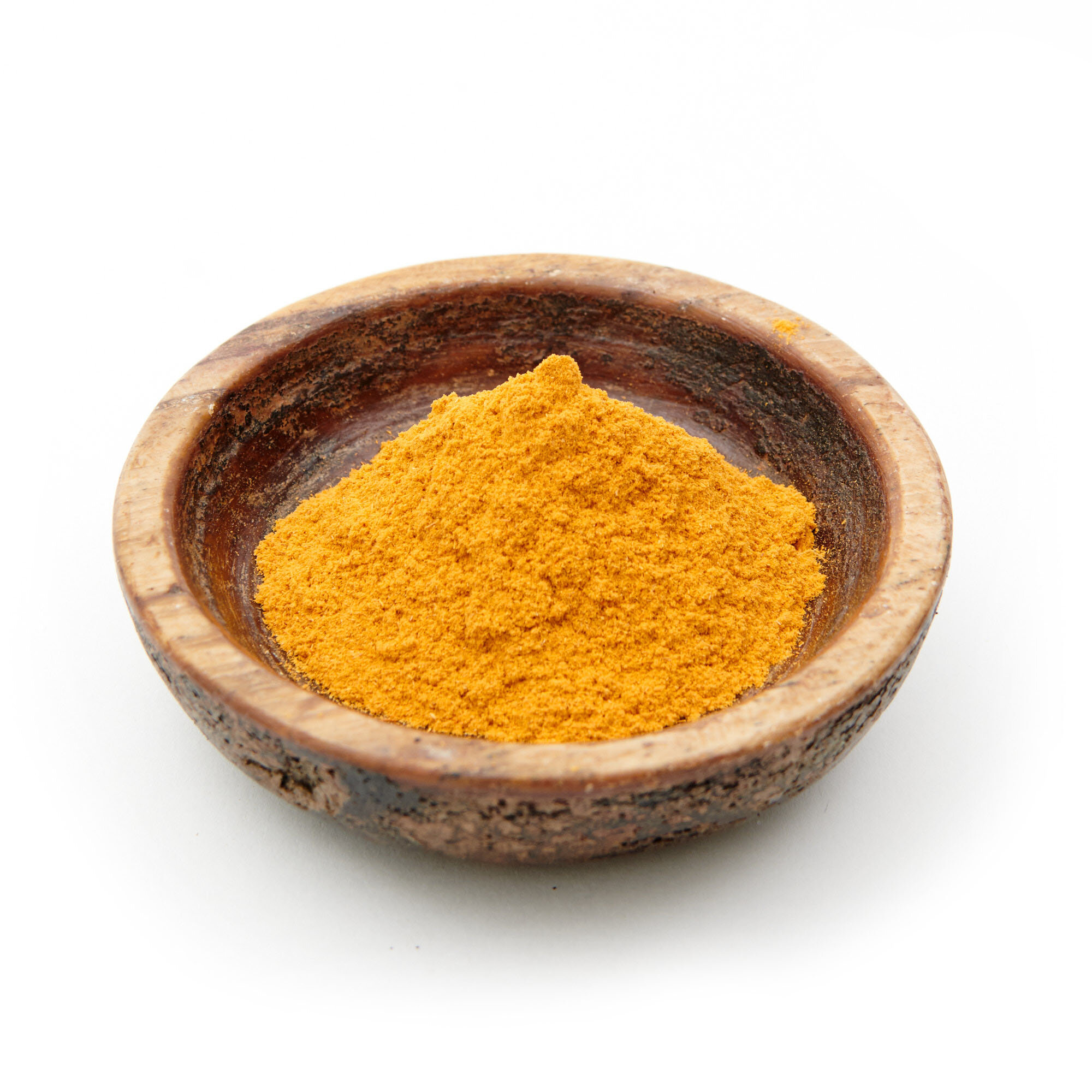Eastern Brazilwood (Sappanwood)
Cæsalpinia sappan
Brazilwood is from the heartwood of trees of the genus Caesalpinia. Originally an old-world dye, the country of Brazil was named after the species Cæsalpinia echinata found on Brazilian coastlines. Historically harvested (then overharvested) brazilwood is now protected.
Sappanwood Cæsalpinia sappan is found throughout east Asia and is also known as Eastern Brazilwood. This wood is high in tannin and the colourant brazilian. The dyebath can be used multiple times for lighter colours and the wood chips can be dried for future use. Startling variations can be achieved (bright orange to blue red) when the pH level of the dye bath is manipulated. Fabrics dyed with brazilwood are fast to washing but somewhat fugitive to light.
See the MAIWA GUIDE TO NATURAL DYES
Mordanting: Use alum mordant at 15% WOF for protein fibres. For cellulose, first mordant with tannin at 8% WOF, then either 1) use alum at 15% with soda ash at 2% or 2) use aluminum acetate at 8%.
Dyeing: Brazilwood develops best in slightly hard water. Adding finely ground chalk (or a Tum’s tablet – 1 to each 4 liters of water) brightens the brazilwood colour, especially if there is no lime in the local water. Adding osage extract will yield rich warm reds and iron will turn the fabric to a mulberry wine colour. A dip in indigo will produce purples. Change the pH level to an acid to get an orange red or use an alkaline (like soda ash) to get blue-red to brilliant purple.
Dyeing with the extract: the extract will produce lovely warm reds when dyed at a 2-5% WOF and deep crimson reds when dyed at 5-10%.
Dyeing with the wood: Use at 25-50% WOF. This dye takes time to be extracted - simmer of the wood chips for 1-3 hours and leave to cool overnight or longer (some dyers leave for days). Add fibre to bath and the first dyebath will produce a deep crimson red and the next dye bath can be used to achieve beautiful shades of pink and coral.
Below: Eastern Brazilwood (wood) 50% WOF.
Below: Eastern Brazilwood 5% WOF and Weld 6% WOF











